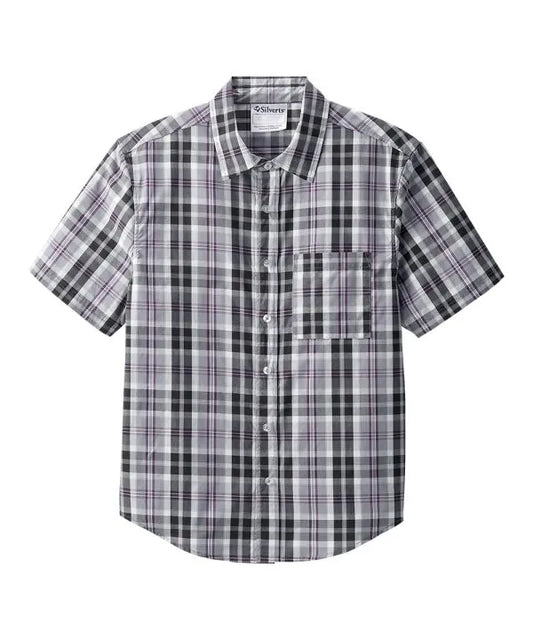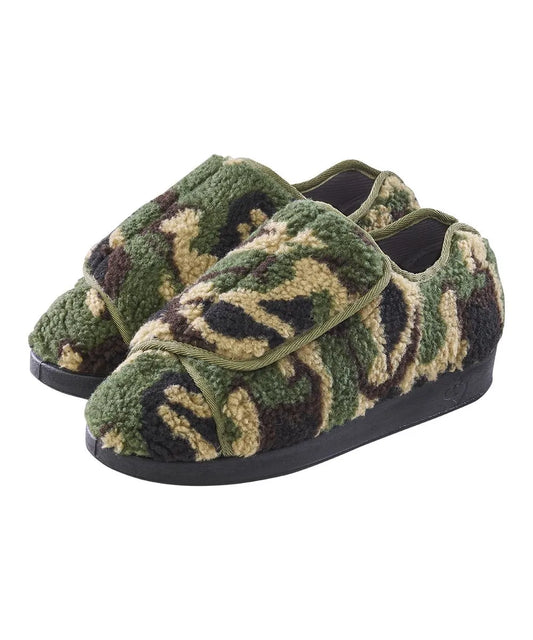By: Gurnoor Mand
As people age, their bodies go through many changes that can make it difficult to find clothes that fit properly and feel comfortable. Seniors may experience changes in their physical abilities, such as reduced mobility or dexterity, that can make it difficult to put on and take off traditional clothing. They may also experience changes in their body shape, such as weight gain or loss, which can make it challenging to find clothes that fit comfortably. This is why adaptive clothing has become an increasingly popular option for seniors.
Adaptive clothing is designed specifically for people with disabilities or those who have difficulty getting dressed due to physical limitations. It is designed to make it easier for people to dress themselves and to provide them with greater comfort and mobility. Adaptive clothing often features Velcro closures, snaps, or zippers that make it easy to put on and take off, as well as larger necklines, wider sleeves, and adjustable waistbands that provide greater comfort and support.
Seniors Needs
When it comes to adaptive clothing for seniors, comfort and warmth are of the utmost importance. As people age, their bodies may become more sensitive to temperature changes, making it difficult to find clothes that keep them warm and cozy. Adaptive clothing can be a great solution to this problem, as many of the available styles are made from materials that are soft, warm, and gentle on the skin.
When Choosing Adaptive Clothing, It is Important to Consider the Following Factors:
- Material: Choose clothing made from materials that are warm and soft, such as fleece or flannel. Avoid materials that are scratchy or itchy, as they can cause skin irritation.
- Closures: Look for clothing with closures that are easy to use and do not require fine motor skills, such as Magnets, Velcro, snaps, or zippers.
- Style: Consider the style of the clothing, making sure it is appropriate for the individual's needs and preferences. For example, if the person is in a wheelchair, it is important to choose clothing that is easy to get on and off without getting tangled in the wheels.
- Comfort: Look for clothing that provides ample room for movement, with larger necklines, wider sleeves, and adjustable waistbands. Avoid clothing that is too tight or constricting, as this can cause discomfort and limit mobility.
Some of the Most Popular Types of Adaptive Clothing for Seniors Include:
1. Adaptive sleepwear: This type of clothing is designed to be comfortable and easy to put on and take off, with Velcro closures, snaps, or zippers.

Unisex Recovery Pants with Side Zippers
2. Adaptive outerwear: This type of clothing is designed to keep seniors warm and cozy, with features such as adjustable waistbands, larger necklines, and roomy sleeves.


Caregivers For Seniors
As a caregiver for seniors, one of the most important tasks is to help them with their daily activities, including getting dressed. For seniors who have difficulty getting dressed due to physical limitations, adaptive clothing can be a great solution. Adaptive clothing is designed to make it easier for seniors to get dressed and provide them with greater comfort and mobility. Here are some tips on how caregivers can help seniors wear adaptive comfortable and warm clothing:
- Understand the needs of the senior: Before helping a senior with adaptive clothing, it is important to understand their needs and limitations. This includes knowing which parts of their body are more sensitive to pressure, which areas need more warmth, and if they have any physical limitations that could affect dressing.
- Choose the right clothing: Choose clothing that is designed specifically for seniors and meets their needs. Look for clothing with Velcro closures, snaps, or zippers that make it easy to put on and take off. Consider the material of the clothing and choose warm and soft materials that are gentle on the skin.
- Assist with dressing: When assisting a senior with adaptive clothing, provide guidance and support as needed. This may include holding the clothing in place, helping with zippers or buttons, and assisting with putting on shoes or socks.
- Be patient: Dressing can be a challenging and frustrating experience for seniors who have physical limitations. Be patient and take your time to ensure that the senior is comfortable and does not feel rushed.
- Offer choices: Giving seniors choices can help them feel more in control and engaged in the dressing process. Offer a few options for clothing and let them choose what they feel most comfortable wearing.
- Ensure comfort: Make sure the senior is comfortable in their clothing by checking for any areas that may be too tight or uncomfortable. Adjust clothing as needed to ensure that they are comfortable and feel confident.
By helping seniors with adaptive clothing, caregivers can provide them with greater comfort, mobility, and independence. With patience and understanding, caregivers can make the dressing process a positive experience for seniors. When choosing adaptive clothing, it is important to take the time to find the right style and material that is right for the individual. With the right adaptive clothing, seniors can feel comfortable, warm, and confident, no matter what the day brings.















